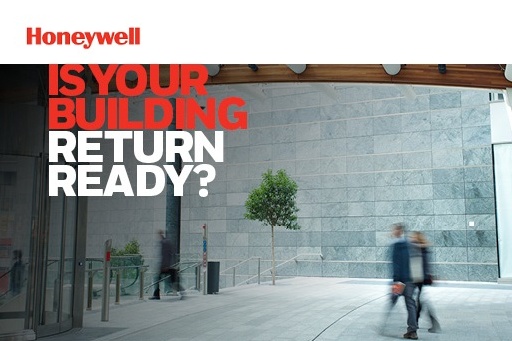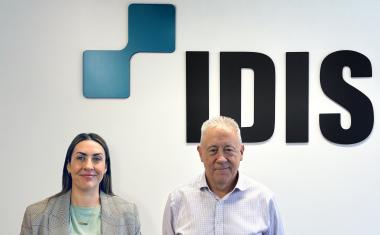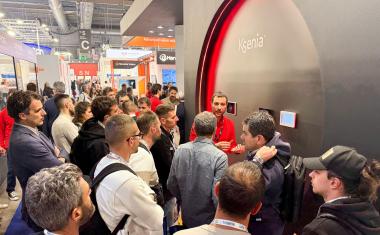Anatomy of a healthy building
Change has been a constant theme for the world in recent months. It’s been business as unusual. Many of us have changed where we work, how we socialize, how our children learn, and how we shop, and more. The full extent of our new normal is still unknown.

Change is also required to the way that we interact with, use, and think of buildings in the future. Now more than ever, there is a need to create healthier built environments. From public health experts to building industry organizations, the call for change and investment in healthy buildings has been consistent [1] Business owners, building owners and organizations worldwide – from schools to sports teams – are trying to answer one key question, “how do I get people safely back to buildings?”
Traditionally, building system design emphasizes efficiency to minimize construction and operating costs. Given challenges presented due to the COVID-19 pandemic, efficiency is now just one factor in building design. Creating safer, healthier environments that help to redefine how occupants experience and perceive a building will be critical. Leveraging existing building systems including Heating, Ventilation and Air Conditioning (HVAC) which provide and manage air quality and integrated security systems which govern the facility usage patterns, can play a vital role in reducing the risk of disease transmission and the spread of other pathogens.
Importantly, there isn’t one single solution to creating a healthy environment. A “Swiss Cheese Model” needs to be taken to improve the safety and health of buildings. As James Reason, PhD, noted in 1990 when he introduced the model [2]many risks are aren’t realized because there are safeguards in place to prevent them. These safeguards are represented in his mode as multiple layers of Swiss cheese. A layering effect of safeguards within a building – from deploying integrated security systems in new ways to improving air quality and measuring success – is what can help to create a healthier environment.
Through our technical reference guides, Anatomy of a Healthy Building, we examine the key factors related to creating a healthy building as well as evaluate the several available technologies in areas related to Safety & Security, to help building owners to identify the layers that best suit their buildings.
Download the Technical Reference Guide
References
[1] Harvard Business Review, What Makes an Office Building Healthy, April 29, 2020 [Accessed August 12, 2020] https://hbr.org/2020/04/what-makes-an-office-building-healthy
[2] Cleveland Clinic, Advice on Reopening Business: Frequently Asked Questions, Updated July 27, 2020 [Accessed August 26, 2020]














